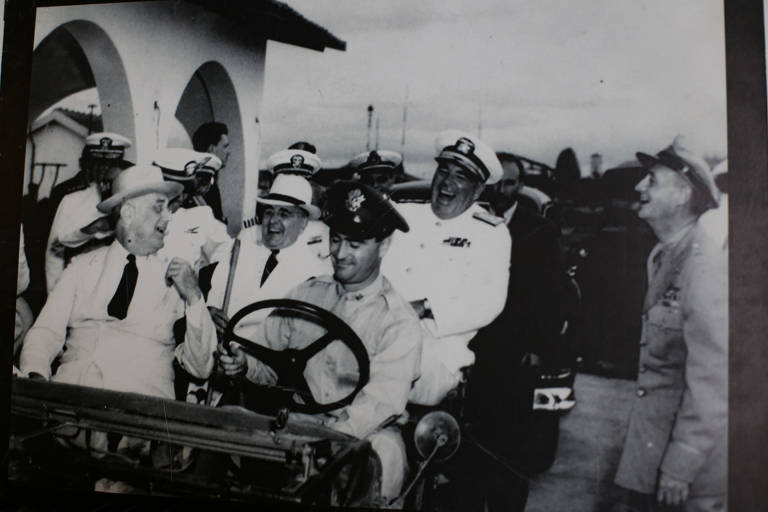James Monroe's decision to recognize Brazil's independence in May 1824 occurred within the context of the doctrine launched months earlier by the then-President of the United States. Under the justification of warding off the risk of recolonization, the so-called Monroe Doctrine proclaimed that the Western Hemisphere (or simply the Americas) should be part of the American sphere of influence.
The bilateral relationship, which turns 200 years old this Sunday (26), has gone through different stages, with moments of closer ties and others of distancing —along with a paradigm shift in the 1960s.
For much of the 19th century, it was not clear if the US ambition to replace European powers as the main pole of power in Latin America would materialize. After all, at that time, it was with the United Kingdom that Latin American governments, including the Empire of Brazil, maintained their main economic and political ties.
In the specific case of Brazil, according to Cristina Pecequilo, a professor at Unifesp (Federal University of São Paulo), the history of the bilateral relationship was born under a dangerous contradiction for the empire: the same country that helped Brazil consolidate its independence from Portugal advocated republican and democratic ideals (though quite limited at the time) that were dangerous for an essentially monarchical regime.
